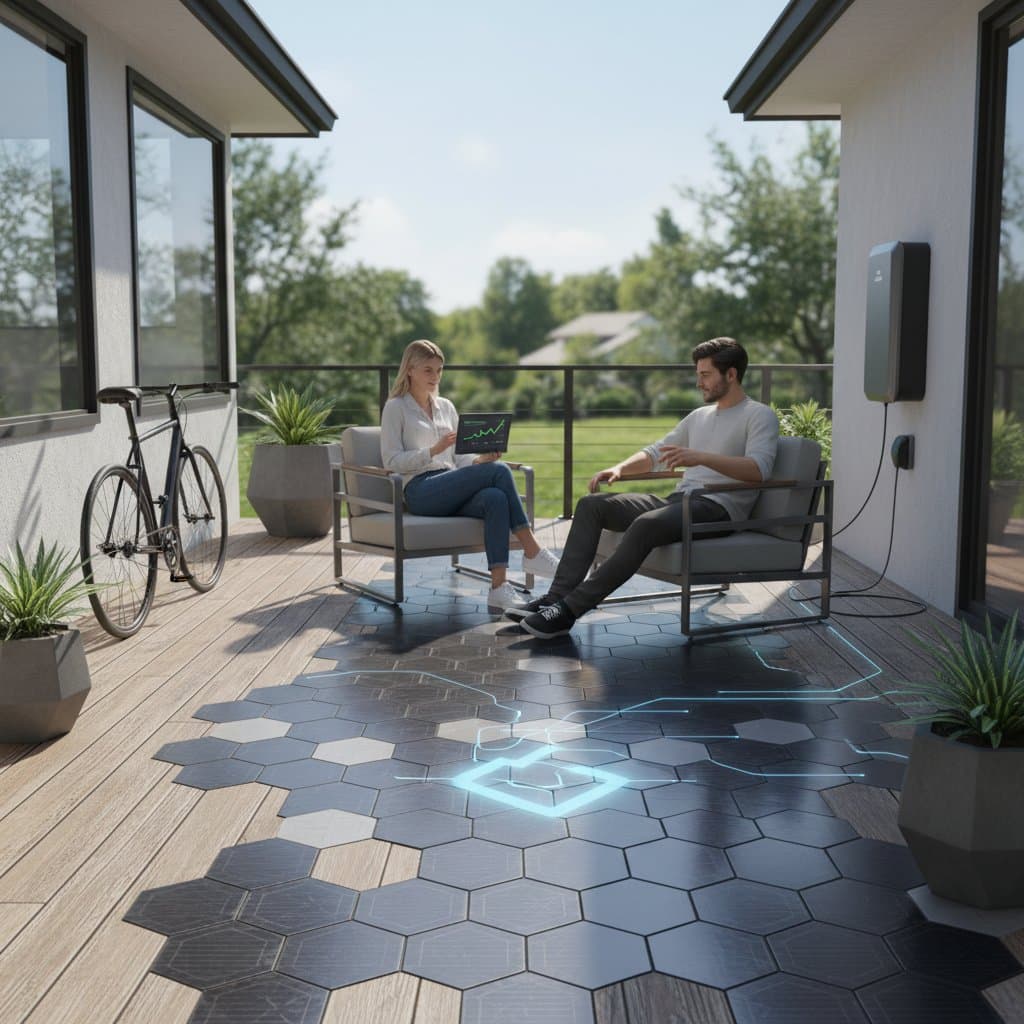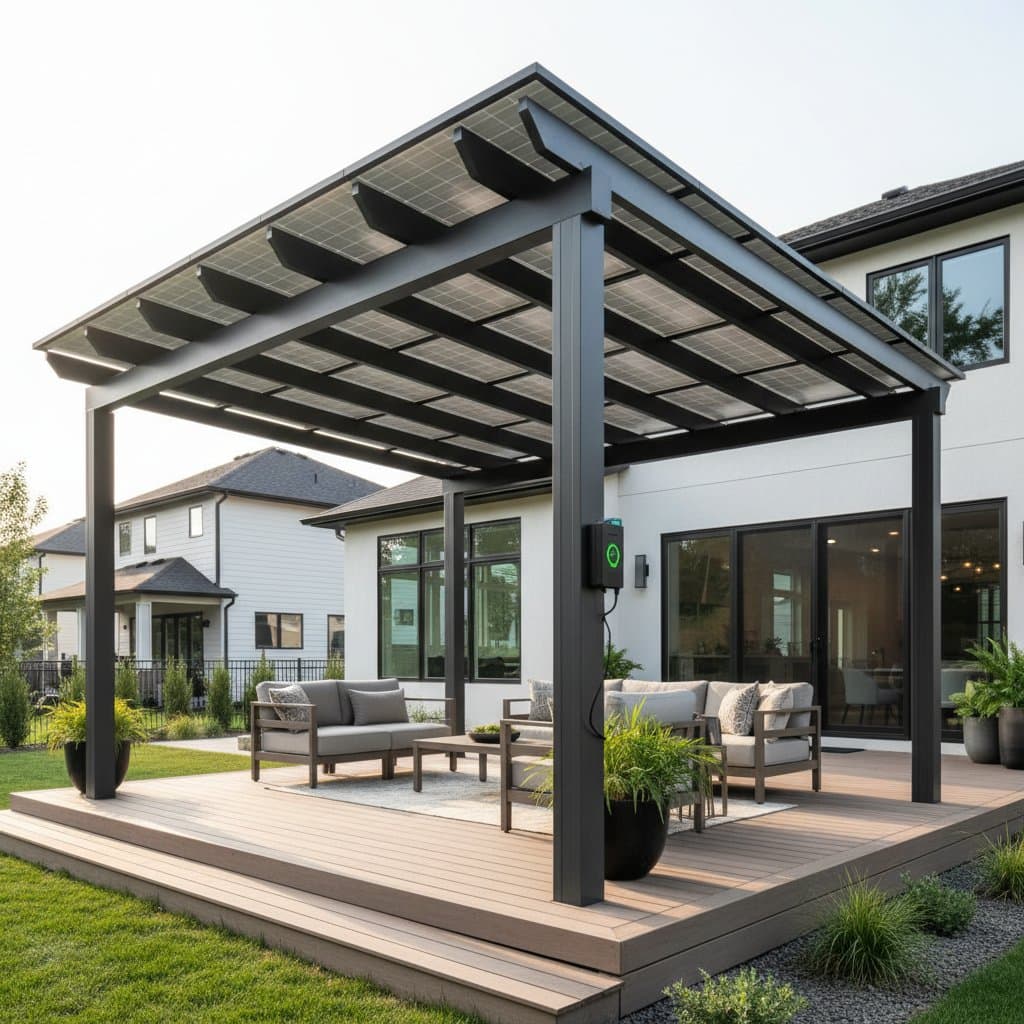Understanding Micro Wind Turbines for Balcony Use
Micro wind turbines represent an innovative solution for urban dwellers seeking to produce renewable energy in limited spaces. These compact devices, typically ranging from 50 to 400 watts in capacity, capture kinetic energy from wind and convert it into electricity through a small rotor and generator system. Designed for residential balconies, they differ from large-scale wind farms by focusing on low-speed winds common in city environments, often starting generation at speeds as low as 5 miles per hour.
The appeal lies in their ability to supplement household power needs without extensive infrastructure. In densely populated areas, where solar panels may face shading issues, wind turbines offer a complementary option by harnessing breezes funneled through buildings. Property owners or renters with south- or west-facing balconies exposed to prevailing winds stand to benefit most, potentially offsetting 5 to 20 percent of daily electricity use depending on location and turbine efficiency.
Before proceeding, evaluate local regulations. Many cities permit small turbines under 10 feet in height, but homeowners associations or rental agreements may impose restrictions. Consulting building codes ensures compliance and avoids potential fines.
Assessing Your Balcony's Wind Potential
Successful installation begins with a thorough wind assessment to determine viability. Urban winds vary due to skyscrapers and street layouts, creating microclimates that can boost or hinder generation. Start by observing patterns over two weeks: note average speeds using a handheld anemometer, available for under $50 at hardware stores, and record directions with a simple compass app on your phone.
Ideal spots feature consistent airflow, such as corners where winds accelerate around structures. Aim for average speeds of 7 to 12 miles per hour, which many micro turbines handle effectively. Online wind maps from meteorological services provide baseline data for your zip code, but on-site measurements offer the most accurate insights.
If speeds fall below 5 miles per hour consistently, consider alternative renewables like solar. High-rises above the 10th floor often experience stronger, steadier winds due to reduced ground friction, making them prime candidates for turbine placement.
Essential Tools and Materials for Installation
Gathering the right tools ensures a smooth process. A basic kit includes a turbine rated for 100 to 200 watts, suitable for charging devices or small appliances. Select models with vertical-axis designs, which perform better in turbulent urban winds compared to horizontal ones.
Key materials comprise:
- A sturdy mounting pole or railing clamp, extending 3 to 6 feet to elevate the turbine above obstructions.
- Weather-resistant wiring, such as 12-gauge outdoor-rated cable, to connect the turbine to your system.
- A charge controller to regulate voltage and prevent battery overcharging.
- Optional deep-cycle battery, like a 12-volt marine type with 100 amp-hour capacity, for energy storage.
- Fasteners including stainless steel bolts and lock washers to resist corrosion.
Basic tools include an adjustable wrench, cordless drill with bits for metal and concrete, and a multimeter for testing connections. Verify that your balcony's structure supports at least 50 pounds dynamically, accounting for wind loads up to 30 miles per hour. Professional structural assessments cost around $100 but provide peace of mind for older buildings.
Step-by-Step Installation Guide
Installation proceeds in phases for safety and precision. First, secure the mounting hardware to your railing or wall using the drill to create pilot holes. Position the pole at a 45-degree angle if attaching to a facade, ensuring it clears furniture and plants by at least 2 feet.
Attach the turbine to the pole following manufacturer instructions, typically involving four bolts tightened to 20 foot-pounds of torque. Route wiring down the pole, securing it with zip ties every 6 inches to prevent chafing. Connect the turbine output to the charge controller, then link the controller to your battery or directly to low-voltage outlets.
Test the system on a calm day: power on the controller and monitor voltage output with the multimeter, expecting 12 to 14 volts under light wind. Full operation may require 2 to 3 hours, including troubleshooting loose connections or alignment issues.
For renters, opt for clamp-on mounts that leave no permanent marks. These removable systems allow easy disassembly if moving, preserving your security deposit.
Prioritizing Safety During Setup and Operation
Safety forms the foundation of any balcony turbine project. Blades rotate at high speeds, posing risks of injury, so maintain a 3-foot clearance zone around the unit. Wear gloves and eye protection during assembly, and secure loose items to avoid entanglement.
When working at heights, employ a full-body harness anchored to a fixed point inside the apartment. Electrical safety demands grounding the system per local codes, using a ground fault circuit interrupter for any AC inversions. Disconnect all power sources before maintenance to eliminate shock hazards.
Noise and vibration warrant attention in shared buildings. Select low-decibel models under 40 dB, akin to a quiet conversation, and install vibration-dampening pads at mount points. Regular inspections every month check for wear, such as blade nicks or corroded wires, preventing failures that could damage property.
Community considerations extend to aesthetics: paint the turbine in neutral colors to blend with your exterior. Inform neighbors early to address concerns proactively.
Estimating Costs and Time Investment
Budgeting accurately sets realistic expectations. Entry-level kits start at $250 for a 100-watt turbine, while premium models with integrated controllers reach $600. Add $100 for batteries and wiring, plus $75 for tools if purchasing anew, totaling $425 to $775 for a complete DIY setup.
Time commitment varies: experienced individuals complete installation in 3 hours, but novices should allocate 5 to 6 hours, including research and breaks. Professional services, ideal for complex wiring, add $300 to $500 and take half a day.
Ongoing costs include minimal maintenance at $20 annually for lubricants and inspections. Return on investment occurs over 3 to 5 years through energy savings of $50 to $150 yearly, depending on usage and wind resources. Track output with a simple app-connected meter to quantify benefits.
Maintenance and Seasonal Care Strategies
Regular upkeep maximizes longevity, with turbines lasting 10 to 15 years under proper care. Monthly visual checks identify issues like dust accumulation on blades, which reduces efficiency by up to 20 percent. Clean with a soft brush and mild soap, avoiding high-pressure water that could bend components.
Seasonal adjustments address environmental shifts:
- In spring, tighten all fasteners after winter expansions and contractions.
- During summer, ensure battery compartments remain below 95 degrees Fahrenheit with added vents if needed.
- In fall, remove debris like leaves that obstruct airflow.
- For winter, de-ice rotors carefully using warm water, as buildup causes imbalance and potential motor strain.
Maintain a maintenance journal logging dates, observations, and outputs. This record reveals trends, such as optimal tilt angles, informing future enhancements like adding a second unit.
Optimizing Energy Storage and System Efficiency
Effective storage prevents wasted generation. A 100 amp-hour battery stores enough for 8 to 10 hours of LED lighting or device charging. Position it indoors or in a sealed enclosure to protect from elements, ensuring ventilation to dissipate heat from charging cycles.
Label circuits clearly: red for positive, black for negative, and include a laminated schematic for troubleshooting. Integrate fuses rated at 15 amps on all leads to safeguard against shorts.
Enhance performance by hybridizing with solar: a 50-watt panel complements wind variability, capturing energy on still days. This duo can double output reliability, ideal for off-grid experiments like powering a balcony fountain or security camera.
Knowing When Professional Assistance Is Essential
Certain scenarios demand expert intervention. If your balcony exceeds 20 feet in height or involves electrical integration with home systems, hire a certified electrician to comply with codes and avoid voiding warranties. Structural doubts, such as rusted railings, require an engineer's evaluation to prevent collapses under load.
Professionals also handle permitting, navigating city approvals that DIYers might overlook. Costs justify the expertise: a full consultation and install runs $800 to $1,200, but ensures reliability and resale value for your property.
Realizing Sustainable Benefits in Urban Settings
Implementing a balcony wind turbine fosters energy independence and environmental stewardship. Beyond cost savings, it reduces carbon footprints by displacing grid power, often coal- or gas-derived in cities. Users report heightened awareness of weather patterns, inspiring broader sustainability practices like composting or efficient appliances.
Over time, the system pays dividends in resilience during outages, providing backup for essentials. Share your setup via community forums to inspire others, building a network of urban innovators. This small step transforms passive spaces into active contributors to a greener future.






